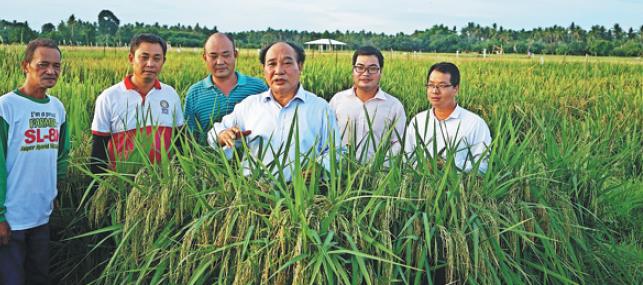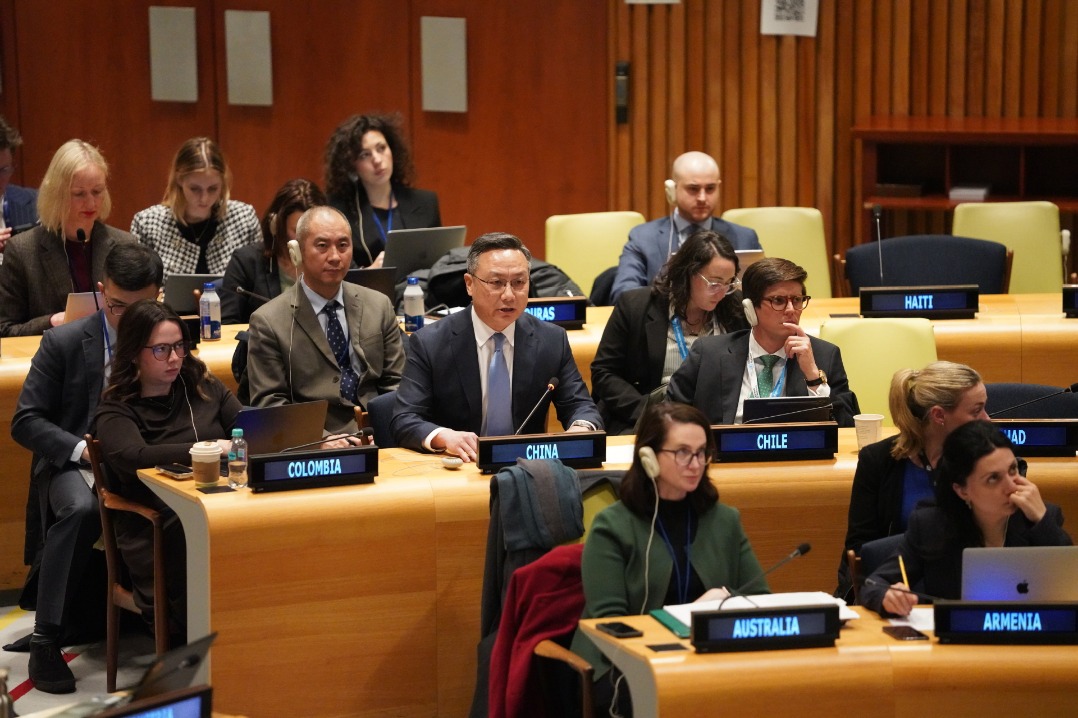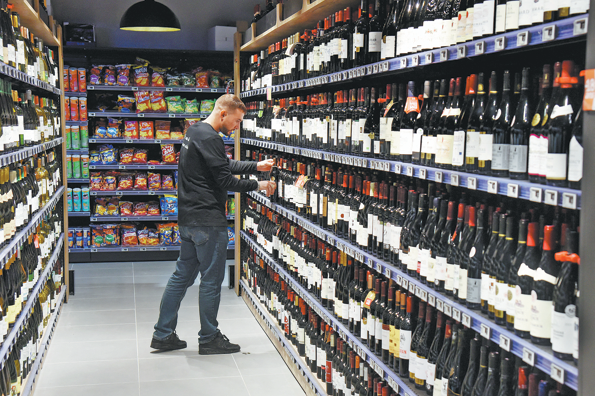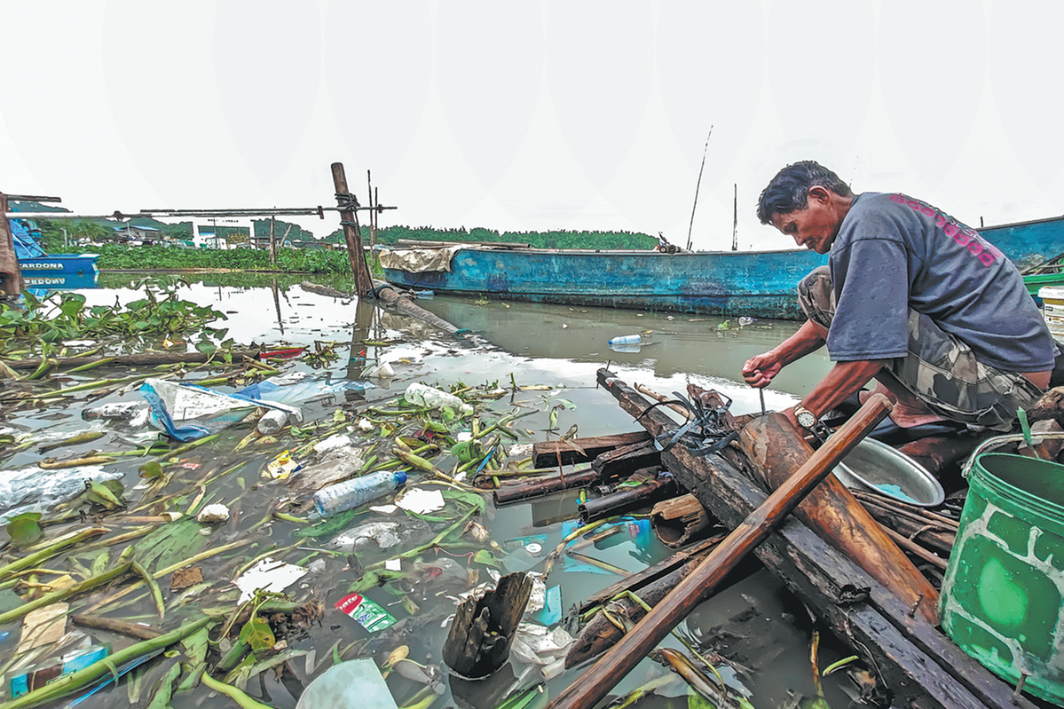China held up as model for farm reforms

Practices like land consolidation draw interest in Philippines keen to lift output

The Philippines is among countries that can benefit from China's expertise in agricultural development to make up for vulnerabilities exposed in the coronavirus pandemic, analysts said.
They said now is the time for such countries to rebuild their agriculture sectors, given a renewed focus on food security amid the disruptions caused by the pandemic.
The Philippines, for one, can learn valuable lessons from China, which has succeeded in boosting farm production and feeding its growing population despite having only 7 percent of the world's arable land.
Fermin Adriano, special adviser to the Philippines' secretary of agriculture, said fragmented land holdings in the Philippines are hampering farm productivity. He cited China's strong institutional support, which has made land consolidation possible. He wants to see this practice replicated in the Philippines.
"Land consolidation will create economies of scale," Adriano said. By consolidating many small land holdings into one big farming operation, farmers can pool their resources and jointly market their produce, which will allow them to bypass middlemen and earn more.
Before the pandemic struck, the Philippines had been among the fastest-growing economies in Southeast Asia, posting annual average growth of more than 6 percent from 2016 to 2019. The agriculture sector, however, lagged with an annual average growth rate of 1.3 percent.
"Notwithstanding the importance of the sector, agricultural policy has been manifestly unsuccessful in sparking dynamic development," the World Bank said in its September report on agriculture in the Philippines.
The Washington-based lender said the pandemic has given an opportunity to the Philippines to create a "more resilient, inclusive, competitive, and environmentally-sustainable" farm system.
One of the World Bank's recommended interventions is land consolidation, and it has advised the Philippines to learn from China's agricultural model. The bank said China's land-consolidation program has expanded household farms and created more land cooperatives and company-run farms.
"While the government cannot create new arable land, it can pursue policies to support, consolidate, and intensify farming operations on the land that is still available," the World Bank said.
Adriano also noted the lack of funding for agricultural research in the Philippines. He said this stands in contrast to China's huge investments in agricultural research and development, allowing the country to further develop high-yielding crops such as rice.
The Chinese Academy of Agricultural Sciences said China is among the world's leaders in agricultural research and one of the biggest contributors of agricultural patents, according to a report filed by Xinhua News Agency.
Mary Ann Sayoc, public affairs lead for the international seed grower and supplier East-West Seed Group, said China has been helping the Philippines to develop high-yield rice varieties through the Philippine-Sino Center for Agricultural Technology.
The center, in the northern province of Nueva Ecija, was established in 2000 through a $5 million grant from China. It has developed varieties that have the potential to produce 12 metric tons of rice per hectare, or three times the national average.
Irrigation infrastructure

Sayoc said the Philippines can also learn from China's huge investment in irrigation and farm infrastructure. This is especially crucial as the pandemic has shown some key problems in local agriculture.
Among the problems are bottlenecks in the supply chain. Sayoc cited reports of farmers dumping their vegetable harvests as the lockdown had prevented them from delivering their produce.
The disruptions in produce deliveries show that most Filipino farmers still need training on marketing, processing and information technology, according to Iloisa Romaraog-Diga, co-founder of e-commerce website Session Groceries.
She said that instead of dumping undelivered vegetables, farmers could be trained to process these vegetables into pickles and other food products.
Romaraog-Diga works with farmers in the northern Philippines province of Benguet, where she helps them to deliver their vegetables directly to consumers through online markets.
"Most farmers just harvest their crops and bring these to the trading post to sell. They don't know that you can use your mobile phone to presell your products to your target clients," Romaraog-Diga said.
Adriano said such efforts need to be reflected in the Philippine government's budgetary allocation for the agriculture sector. "Agriculture contributes 10 percent to the GDP, but do you know how much it gets?" he said.
For this year's budget, the Philippine government allotted 62.29 billion pesos ($1.3 billion) to the agriculture department. This is equivalent to roughly 1.5 percent of the total 4.1 trillion pesos budget for 2020.
































